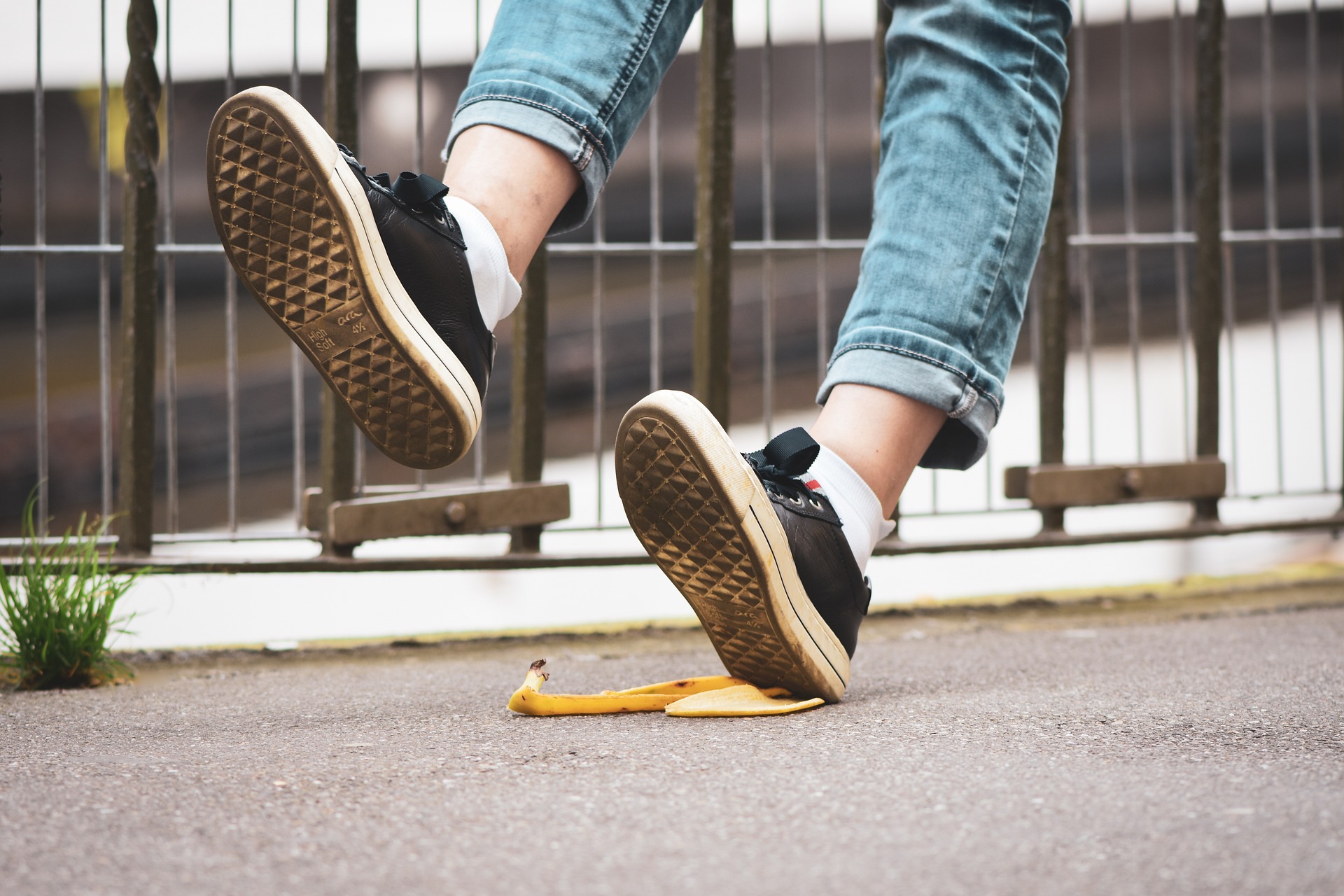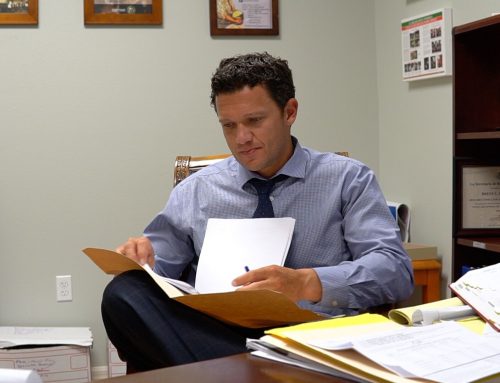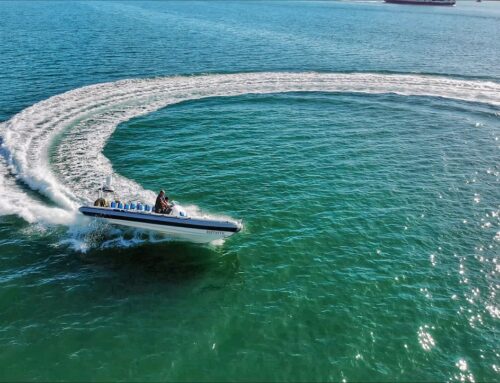South Florida enjoys beautiful weather and attracts people from all over the country. It is not uncommon for most people to live in a rented-out property, rent out a property to others, or know someone who does. But when an accident that causes injury occurs on privately owned property, are you aware of who is considered at fault? Two common scenarios – a residential rental agreement and a commercial rental agreement – can have different rules and regulations that determine liability for any accidents. Read this blog to learn how to proceed if you are injured on someone else’s premises.
Owner Liability vs. Tenant Liability
Tenants that are occupying a property, whether commercial or residential, are not off the hook for every issue that arises. In fact, it is common for rental agreements to include stipulations where the tenant is responsible for most maintenance of the property. When it comes to injuries that occur on the premises, the level of control of the area and agreements that were put in place at the time of the contract are the most significant contributing factors to the level of the blame of each party.
The building owner is most often left ith liability for damages if the injury occurs somewhere that tenants do not have direct control over or if the injury involves a process that the tenant does not have control over. One example is an injury in a common area, such as an apartment lobby. Tenants would not be held responsible for injuries that occur here, even if the person involved in the injury visited the property with the purpose of visiting the tenant. The property owner would be responsible for the safety of the area, fixing any potentially dangerous areas like railings, tiles, or stairways.
A building owner may still have liability for injuries even if the damage occurs in a private residence. Imagine that the contract signed between the tenant and the owner stipulates that the property owner will conduct all electrical renovations. If an issue arises, or if an issue was left unaddressed for an extended amount of time by the property owner, and an injury such as an electrical shock occurs, the tenant would not be held responsible, even if it occurs in their own residence.
Tenants are responsible for injuries that occur in their residence or place of business if the process involved in the accident is out of the scope of the property owner. Property owners are not usually responsible for items within a private residence and are not usually required to do regular maintenance on all aspects of commercial properties.
Examples of Slips and Falls
An example of a bathroom slip and fall can be used to simplify the possible scenarios. If a slip and fall occurs in a wet and slippery bathroom…
- Inside a private residence – the resident will be held responsible.
- Inside the lobby of an apartment building – the resident will not be held responsible, with responsibility falling on the building owner.
- Inside a store bathroom – the store/property tenant will be held responsible.
- Inside a mall bathroom next to a store – the store/property tenant will not be held responsible, with responsibility falling on the building/mall owner.
If you were injured in an accident on someone else’s property and are unaware of your legal rights and next steps, call Probinsky & Cole. We are happy to help you to sort out the facts of the case and help you get the reimbursement you deserve.








